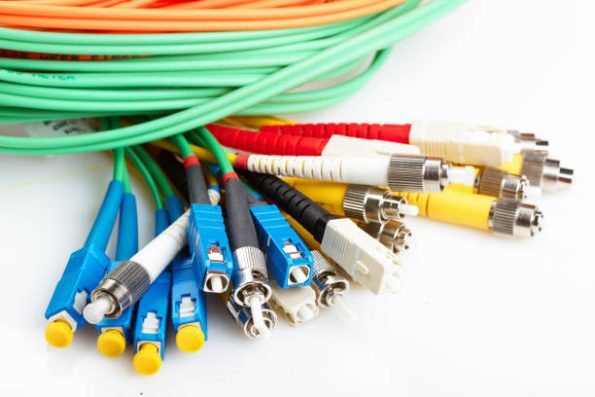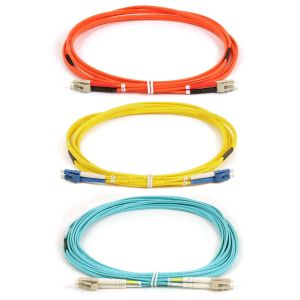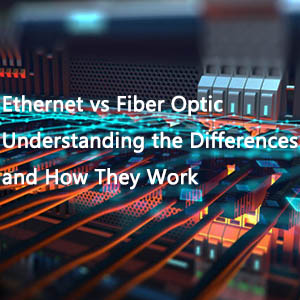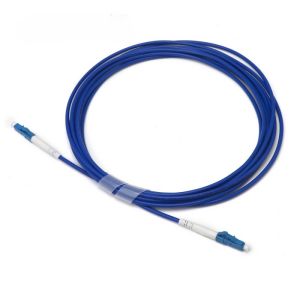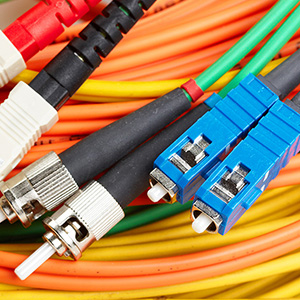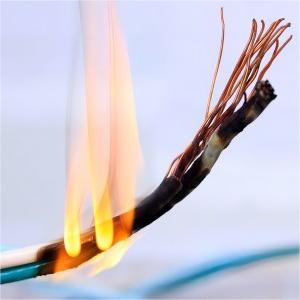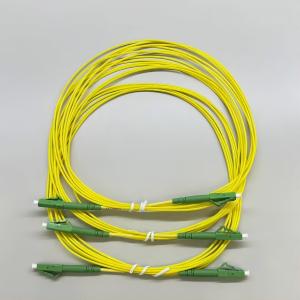What Is a Fiber Patch Cable?
Fiber Patch Cables are crucial for connecting network devices, allowing data to be transmitted over fiber optic media. These cables feature connectors at both ends, enabling seamless communication between devices. Fiber patch cables provide high security, reliability, and the ability to support high-speed data transmission. They are the ideal solution for applications where traditional copper cables fall short. Understanding the various types of fiber patch cables will help you quickly select the appropriate one for your network.
Types of Fiber Patch Cables
Fiber patch cables can be categorized in several ways, starting with the most fundamental distinction: single-mode and multimode. From there, they can be further divided into simplex and duplex cables, and finally categorized by connector types.
1. Single-Mode vs. Multimode Fiber Patch Cables
- Single-Mode Fiber Patch Cable (SMF): These cables are designed for long-distance data transmission. They use a smaller core size (typically 9 microns) and carry data as a single light mode. Single-mode cables are ideal for long-distance connections, such as those used in telecom networks and outdoor installations.
- Multimode Fiber Patch Cable (MMF): These cables have a larger core size (50 or 62.5 microns) and carry data through multiple light modes. They are typically used for shorter-distance applications, such as within buildings, LANs, and data centers.
2. Simplex vs. Duplex Fiber Patch Cables
- Simplex Fiber Patch Cable: A simplex cable has a single fiber strand and supports one-way communication only. It is often used for point-to-point connections where data flows in a single direction.
- Duplex Fiber Patch Cable: Duplex cables feature two fiber strands, enabling bi-directional communication. They are widely used for data centers and LANs, where simultaneous data transmission in both directions is required.
3. Fiber Patch Cables by Connector Types
Fiber patch cables are also categorized by the type of connectors they use. The most common types are:
- LC Fiber Patch Cable: Known for their small form factor, LC connectors are ideal for high-density environments, such as data centers.
- SC Fiber Patch Cable: These cables use SC connectors, which are robust and easy to use. They are commonly deployed in telecom networks.
- FC Fiber Patch Cable: FC connectors feature a screw-on mechanism, making them suitable for high-vibration environments.
- ST Fiber Patch Cable: ST connectors feature a twist-lock design and are typically used in industrial environments and legacy networks.
Fiber Patch Cable Comparison Table
| Cable Type | Best For | Core Size | Application |
|---|---|---|---|
| OS2 Fiber Patch Cable | Long-distance connections | 9 Microns | Telecom, Data Centers |
| Multimode Fiber Patch Cable | Short-distance applications | 50, 62.5 Microns | LANs, Data Centers, Internal Networks |
| Simplex Fiber Patch Cable | One-way communication | 9, 50, 62.5 Microns | Point-to-point connections |
| Duplex Fiber Patch Cable | Two-way communication | 9, 50, 62.5 Microns | Data centers, LANs |
| LC Fiber Patch Cable | High-density networks | 9, 50, 62.5 Microns | Data centers, telecom networks |
| SC Fiber Patch Cable | Standard network setups | 9, 50, 62.5 Microns | Telecom, enterprise networks |
| FC Fiber Patch Cable | High-vibration environments | 9, 50, 62.5 Microns | Industrial applications |
| ST Fiber Patch Cable | Rugged environments | 9, 50, 62.5 Microns | Military, industrial settings |
Choosing the Right Fiber Patch Cable
When selecting a fiber patch cable, consider the following factors:
- Distance: Use single-mode cables for long-distance applications and multimode cables for shorter distances.
- Communication Direction: For one-way communication, choose simplex cables. For two-way communication, choose duplex cables.
- Environment: Depending on the environment, select the appropriate connector type. For high-density environments, LC connectors are ideal. For rugged or high-vibration settings, FC or ST connectors are better suited.
Conclusion
Fiber optic patch cables are vital for ensuring high-speed, reliable, and secure data transmission in modern networks. By categorizing fiber patch cables into single-mode vs. multimode, simplex vs. duplex, and connector types, you can easily navigate the various options and select the right cable for your specific needs. Whether it’s for overcoming the bandwidth limitations of copper cables or supporting high-speed fiber-optic connections, understanding the different types of fiber patch cables will help you make the best choice for your network.

